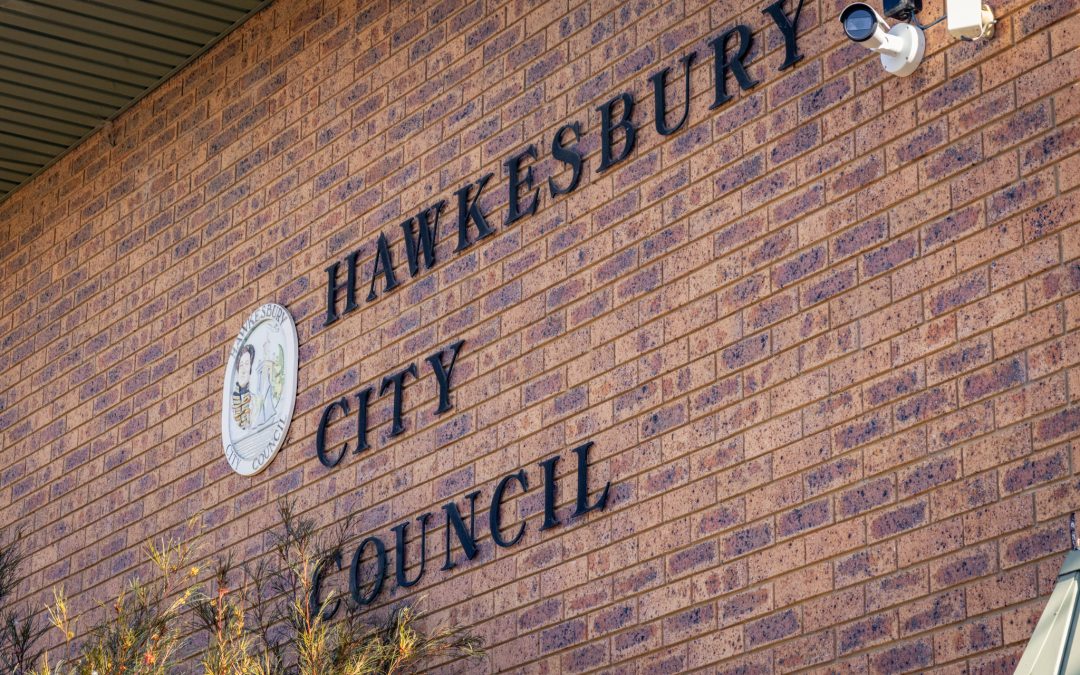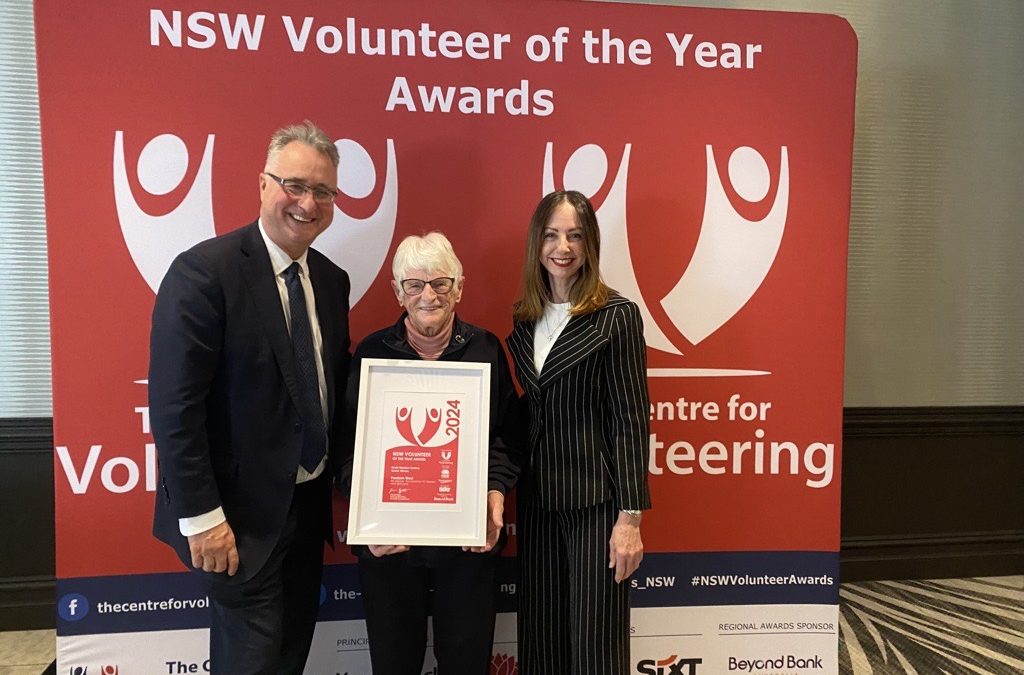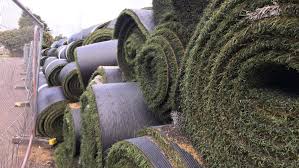Hawkesbury Post contacted all...


Hawkesbury Post contacted all...

In a heartwarming recognition of community...

After more than two decades of dedicated service, the...
Government scientists have growing concerns about the human health risks, environmental effects, and end-of-life management in synthetic turf and called for further investigation and regulation of its use.
A new report by the Chief Scientist of New South Wales (NSW) highlights the presence of toxic chemicals, such as heavy metals and volatile organic compounds, in the rubber infill of synthetic turf.
The release of this landmark report comes at a time when scientists and governments worldwide are questioning whether synthetic turf should be banned. It has significant implications for the Hawkesbury region in particular, where turf production is one of the largest industries, employing over 60 separate businesses and utilizing more than 4,000 acres of land. It also comes as Hawkesbury council prepares to spend $10 million dollar on synthetic turf sports field.
Titled – “Independent review into the design, use, and impacts of synthetic turf in public open spaces,” the report coincides with a significant increase in the use of synthetic turf for sports fields in NSW over the past decade. It highlights the alarming environmental cost of synthetic grass.
The report reveals that NSW currently boasts a staggering 181 synthetic fields, a dramatic rise from just 24 in 2014 and 30 in 2018. Commissioned by the NSW government, the report emphasizes the need for increased scrutiny of the use of synthetic turf and a shift towards natural grass fields.
While acknowledging the benefits synthetic turf provides in terms of increased playing time and reduced maintenance costs, Chief Scientist Professor Hugh Durrant-Whyte emphasized the importance of taking a precautionary approach. The report suggests that natural turf fields built to best practice were more cost-effective than alternative options, including synthetic turf when considering both lifecycle costs and carrying capacity.
Durrant-Whyte calls for further research and collaboration between scientists, policymakers, and industry stakeholders to address the identified concerns and develop guidelines for the safe and sustainable use of synthetic turf and explore the use of alternative products.
The report found that substances used in making the synthetic turf may leach into the surrounding environment and pose a risk to human health, especially for those who come into direct contact with the turf. Still, the report stops short of calling for a ban on synthetic turf.

Styrene butadiene rubber (SBR) is known to contain toxic contaminants and heavy metals.
Studies conducted for the report found rubber infill and synthetic turf fibers in waterways across NSW, raising concerns about pollution and threats to aquatic life. Synthetic turf fields without proper measures to reduce infill loss, could wash tens to hundreds of kilograms of infill and hundreds of kilograms of turf fibres into stormwater systems or waterways each year, posing a significant environmental risk. “This is particularly relevant to SBR (styrene butadiene rubber) crumb infill, given the lack of import standards for waste tyres, which are known to contain contaminants and heavy metals, “it said.
The report also sheds light on the adverse impacts of synthetic turf on ecology and wildlife. The replacement of natural grass or vegetation with synthetic turf disrupts ecological balance, causes habitat loss, increases heat, and negatively affects nocturnal wildlife due to artificial lighting.
Furthermore, the report warns that the heat generated by synthetic turf can be significantly higher than that of natural grass, potentially leading to heat-related illnesses among sportspeople using the turf as well as increased ambient temperatures in urban areas. It calls for further research to better understand the extent of these health risks and to develop guidelines for safe use. But it also went one step further and warned against using synthetic grass in hot weather.
“The heat retaining property of synthetic turf surfaces is a characteristic that can impact health during hot conditions and their use should only be recommended during suitable weather for users on or around the field, in particularly for children and exercising individuals who are susceptible to heat exhaustion.”
This warning now raises questions over Hawkesbury Council’s decision to use synthetic grass for the $10 million redevelopment of Tamplin Field, Hobartville. In summer the Hawkesbury often experiences temperatures of 40 degrees and higher.
Additionally, synthetic turf has been found to have a considerable carbon footprint. The production and disposal of artificial grass contribute to greenhouse gas emissions, while the use of non-renewable resources, such as petroleum-based materials, exacerbates environmental concerns. The report stresses the need for more sustainable alternatives and urges policymakers to consider the life cycle impacts of synthetic turf in future decision-making processes.

Most artificial playing surfaces end up in landfill.
Another challenge highlighted in the report is the end-of-life management of synthetic turf. Currently, most artificial playing surfaces end up in landfill, posing a significant waste management problem. The report recommends exploring recycling and repurposing options to reduce the environmental burden and promote circular economy principles.
The NSW government is yet to respond to the findings.